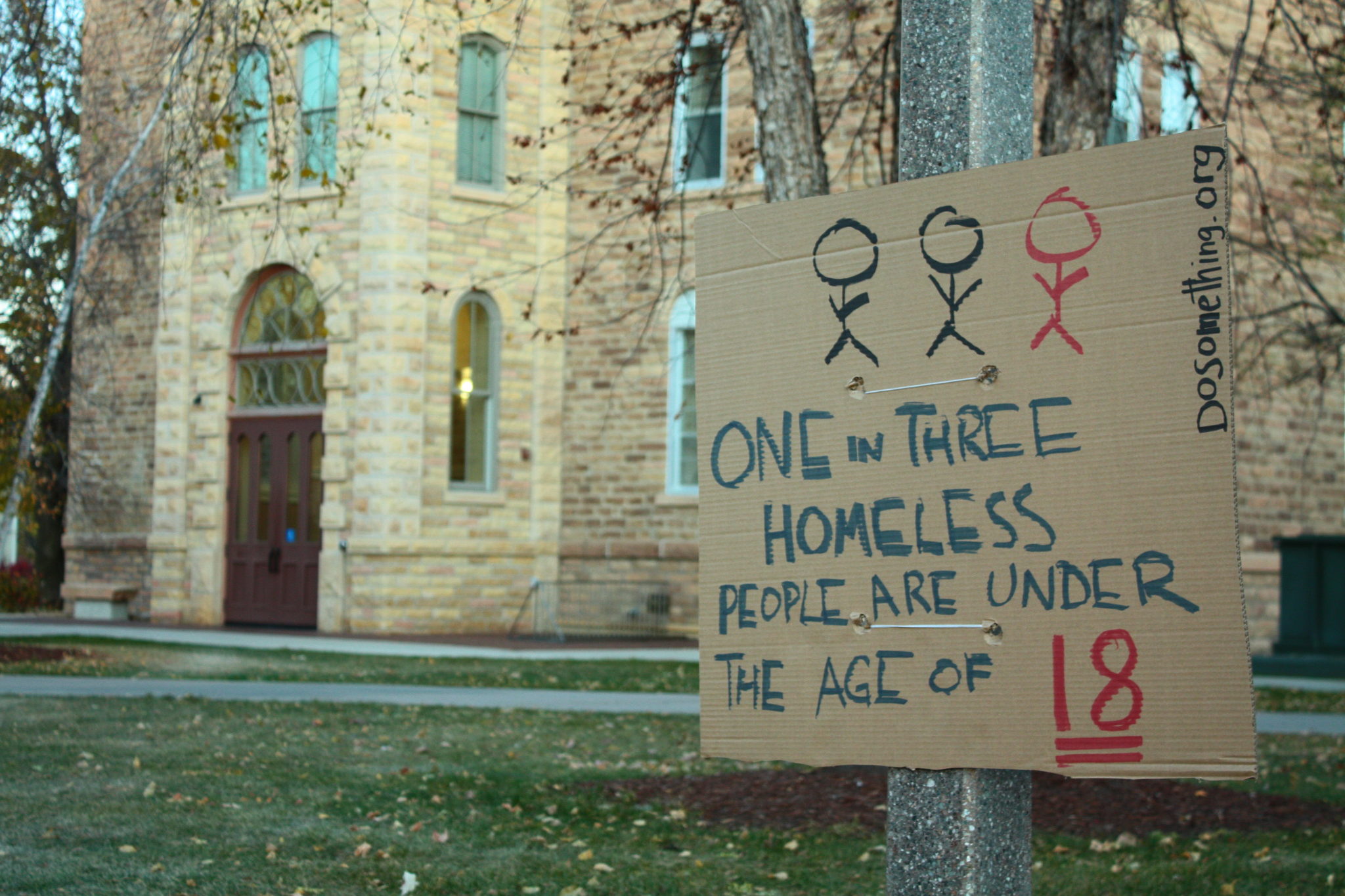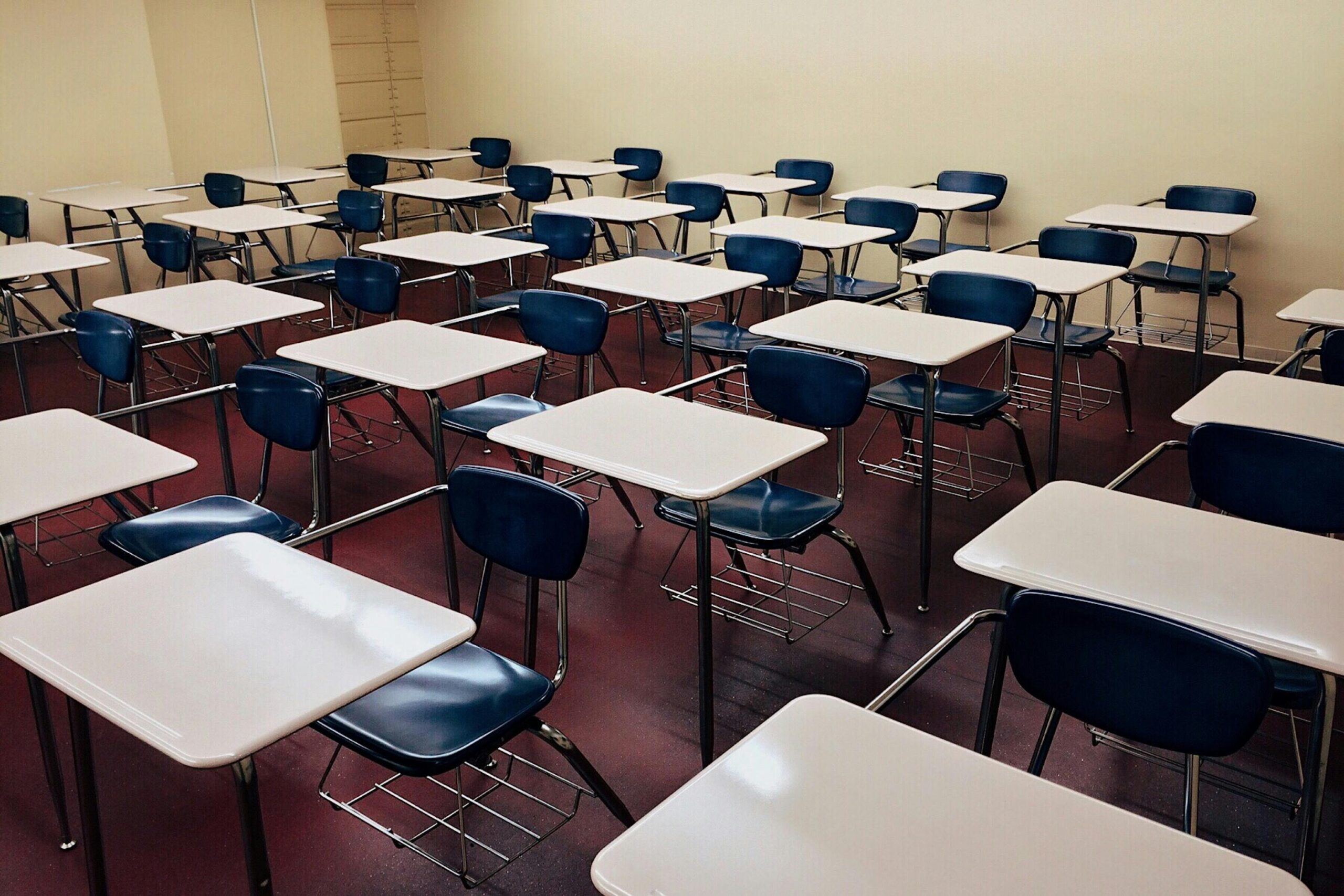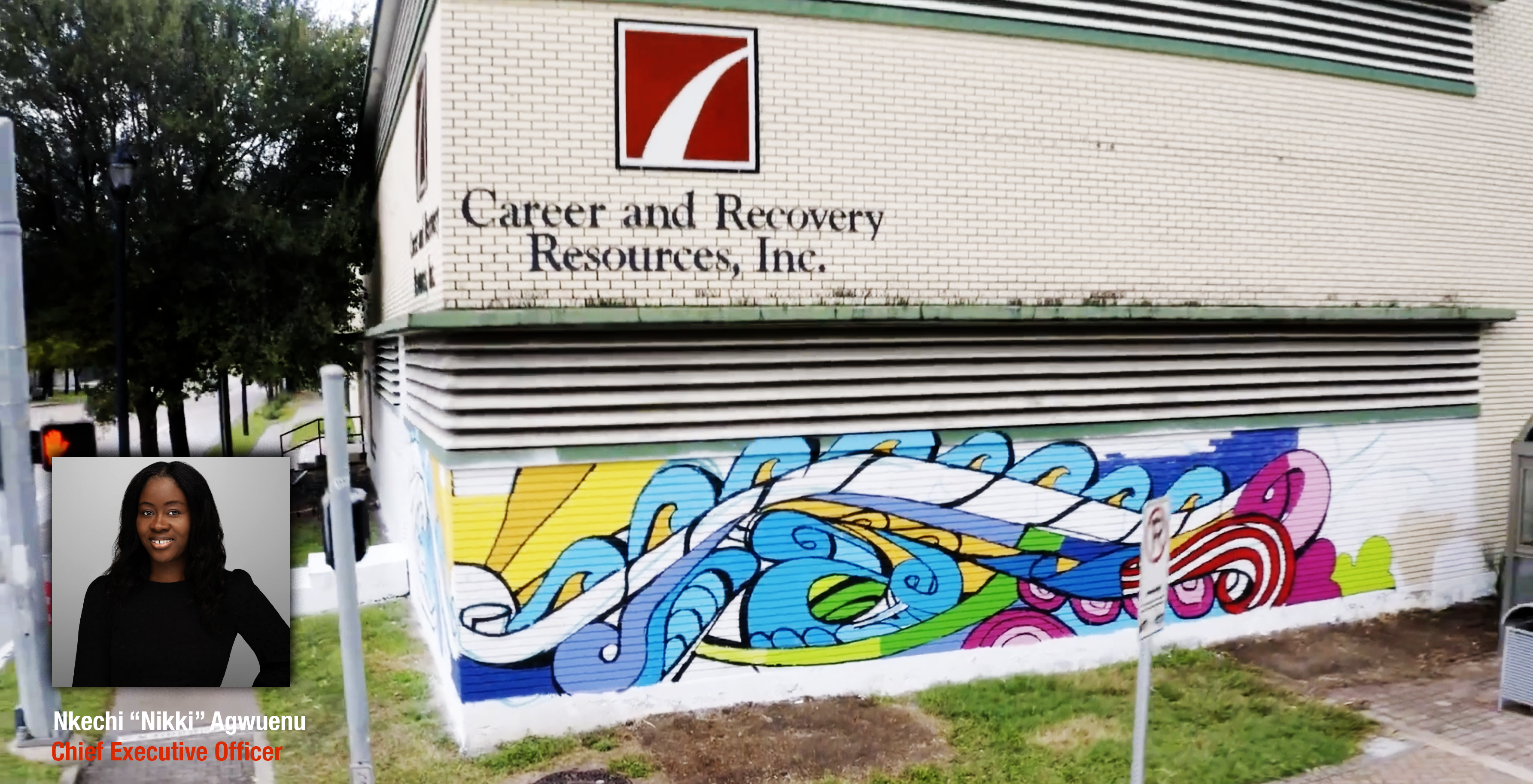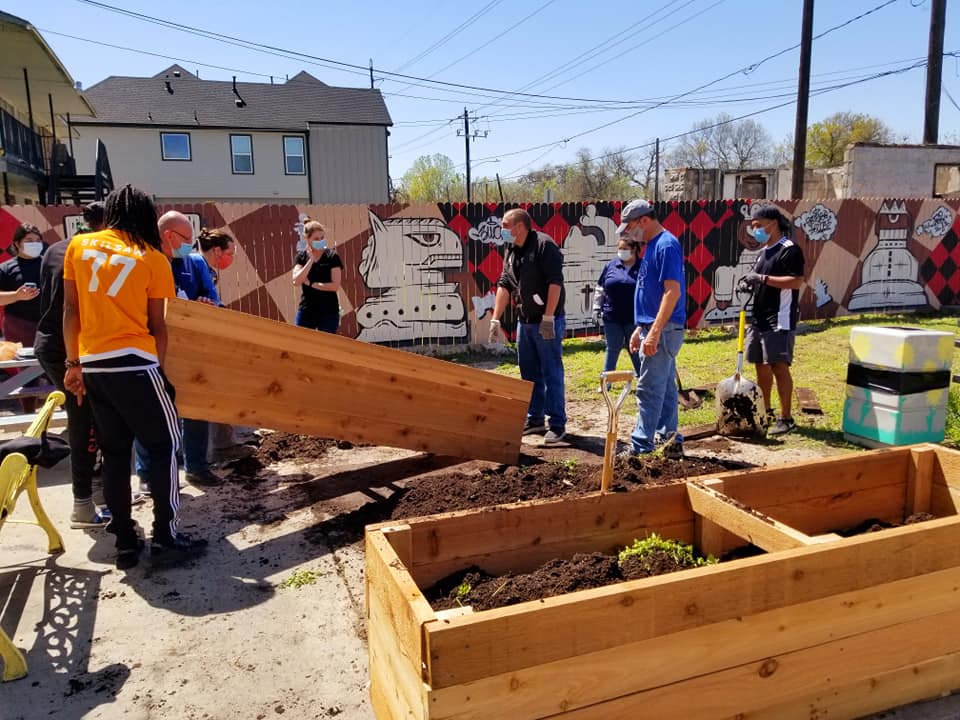College students in America are mortgaging their future with student loans in exchange for a diploma. Student Homelessness is a hidden problem as it is difficult to identify. Student Homelessness is a hidden problem as it is difficult to identify. There is a lot of shame associated with being homeless, and students try to hide it if they can.
Homelessness can strike a college student anytime. It could be a delay of financial aid, sickness, family breakdown or a trauma. As a result, the number of homeless students in the United States has doubled in the past decade. There are more than 1.3 million students in our country’s public school system with no safe place to call home.
Imagine, working on an important school deadline in a homeless shelter or wearing the same clothes for a week to the school.
Furthermore, imagine the uncertainty of not having a place to call home and sleeping at different places. How is it possible for a student to score good marks when he has to worry about where to sleep and what to eat?
According to researchers at Temple University and Wisconsin Hope Lab, “More than a third of college students don’t always have enough to eat and they lack stable housing. Almost, 36 percent of college students say they are food insecure. Another 36 percent say they are housing insecure, while 9 percent report being homeless”
Students who experience homelessness are 87 percent more likely to drop out of school than their peers are. In turn, young people without a high school diploma are 4.5 times more likely to experience homelessness.
Sara Goldrick-Rab, professor of higher-education policy at Temple University said in one of her interviews, “Homelessness in college students really undermines their ability to do well in school. Their grades suffer, their test scores appear to be lower, and overall, their chances of graduating are slimmer. They can barely escape their conditions of poverty long enough to complete their degrees.”
In these chaotic times, schools and universities can bring a massive change in the lives of students experiencing homelessness. Firstly, identify these students and provide them with a safe place to stay. Introduce them to resources, people, and communities who are willing to help them. Make transportation costs, counseling fees, tutoring, housing and other services easily accessible to the homeless students.
Children are the world’s most valuable resource and its best hope for the future – John F. Kennedy




